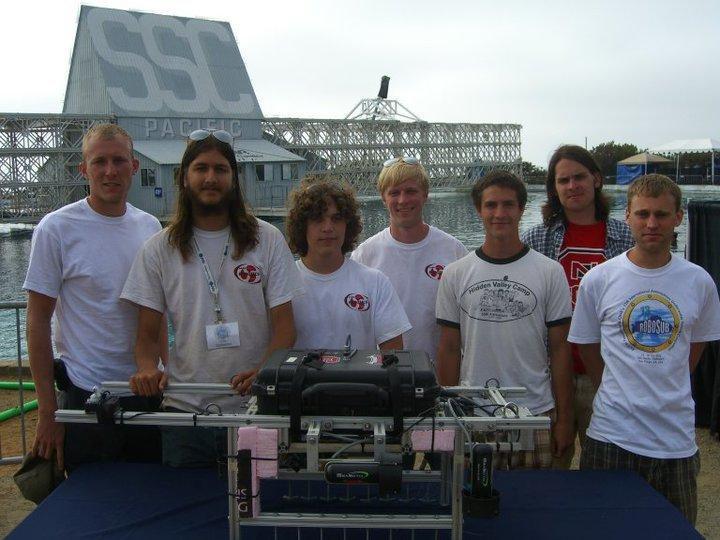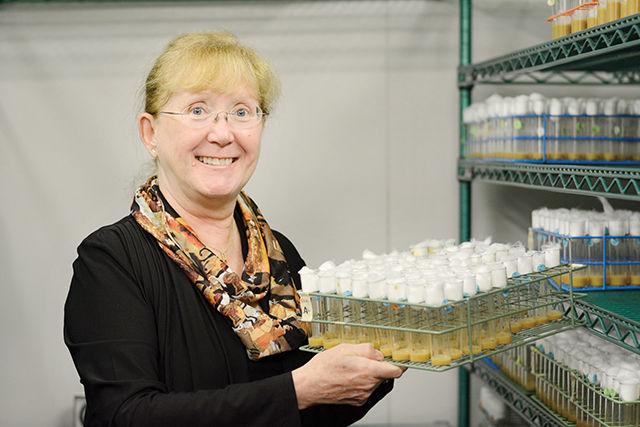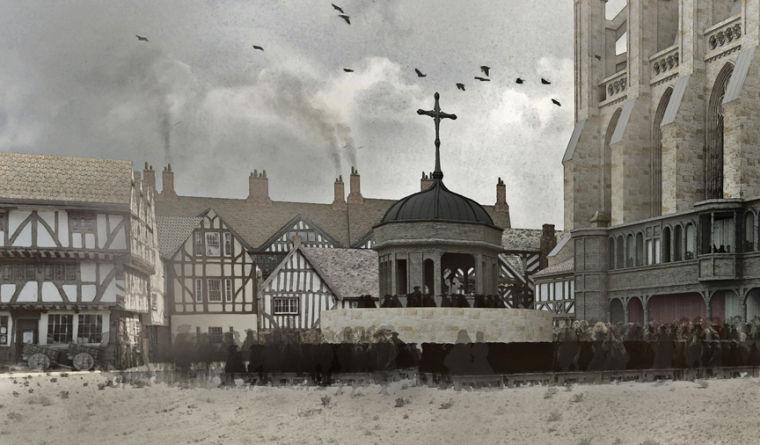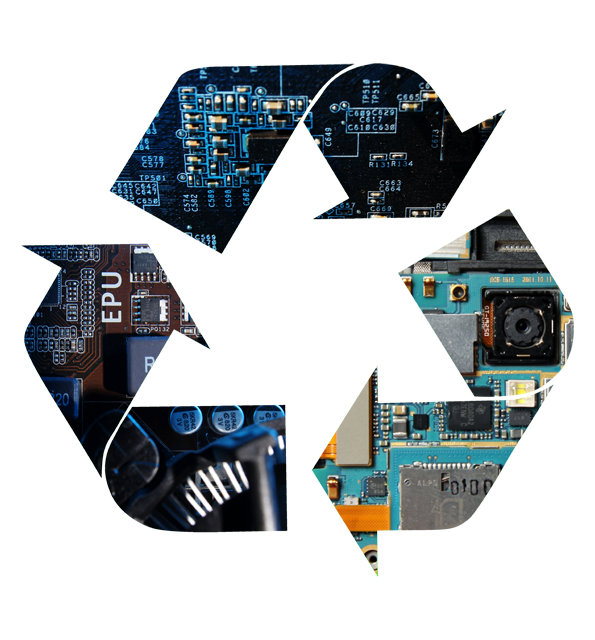Deep in the bottom of a Carmichael pool, the only noise is the muffled rush of water and the whir of thrusters, maneuvering a high-tech piece of equipment through the dark. Above the surface are the minds behind this machine, a group of students getting a head start on a growing industry – building robots.
This year the Underwater Robotics Club plans to make improvements to “Seawolf III,” which debuted at the 2009 Association for Unmanned Vehicle Systems International competition.
“We want to do a lot of small improvements,” Chris Thunes, a junior in mathematics and the club’s project manager, said.
These improvements include a “grabber,” a small hand to manipulate objects, and upgrades on software that make the robot run.
The Underwater Robotics Club was founded in 2004 by electrical and computer engineering students. The group worked with a local robotics company to build its first robot, “Seawolf I,” to debut at the 2005 RoboSub Competition. “Seawolf II” debuted in at 2006 the AUVSI Competition and ranked ninth in the competition and third in craftsmanship.
The competition consists of an obstacle course through which the teams must maneuver their robots. The different obstacles test the features of the robot including the acoustic system, vision software, depth sensor and orientation sensor.
Thunes explained that generally around 10 people from the club attend the competition in San Diego every year. There are many different components to work on, and different groups work on different parts. Then the team puts it all together for testing.
Members say joining the group provides hands-on experience and has helped many members get internships and co-ops.
“It’s helped me get two different co-ops and I think it’s made me a better engineer,” David Hoffman, a senior in electrical and computer engineering, said.
Hoffman, president of the Underwater Robotics Club, also said he has gained a lot of different skills—not just engineering-related ones—from the club.
“I’ve gotten accounting skills with the treasurer job, a few marketing skills and leadership skills as the president,” Hoffman said.
Several students attended the first meeting of the semester and had different reasons for joining the club.
“I want to utilize my knowledge and apply it to real-life situations,” Brendan Tierney, a junior in mechanical engineering, said.
David Plonski, a sophomore in engineering, said he wants to go into robotics after graduation.
“I thought this would be a good place to gain some valuable information,” Plonski said.
With the help of Ray Zeisz, the industry adviser, the club functions to provide real world experience of working in robotics.
“I try to make the experience as much like a real world company as possible,” Zeisz said. “I want it to be fun but also a learning experience.”
Like a real world company, the Underwater Robotics Club does not only involve engineers. The club requires the collaboration of students from many different majors including management, design and computer science.
“It’s a great way to mingle and see what people in other majors and schools do,” Zeisz said.
Hoffman added that he thinks working with the club will make him and his teammates more marketable to future employers.
“It’s more beneficial to me to put hours into this club than trying to get a 4.0, and I’ve talked to employers and a lot of them say the same thing,” Hoffman said.





